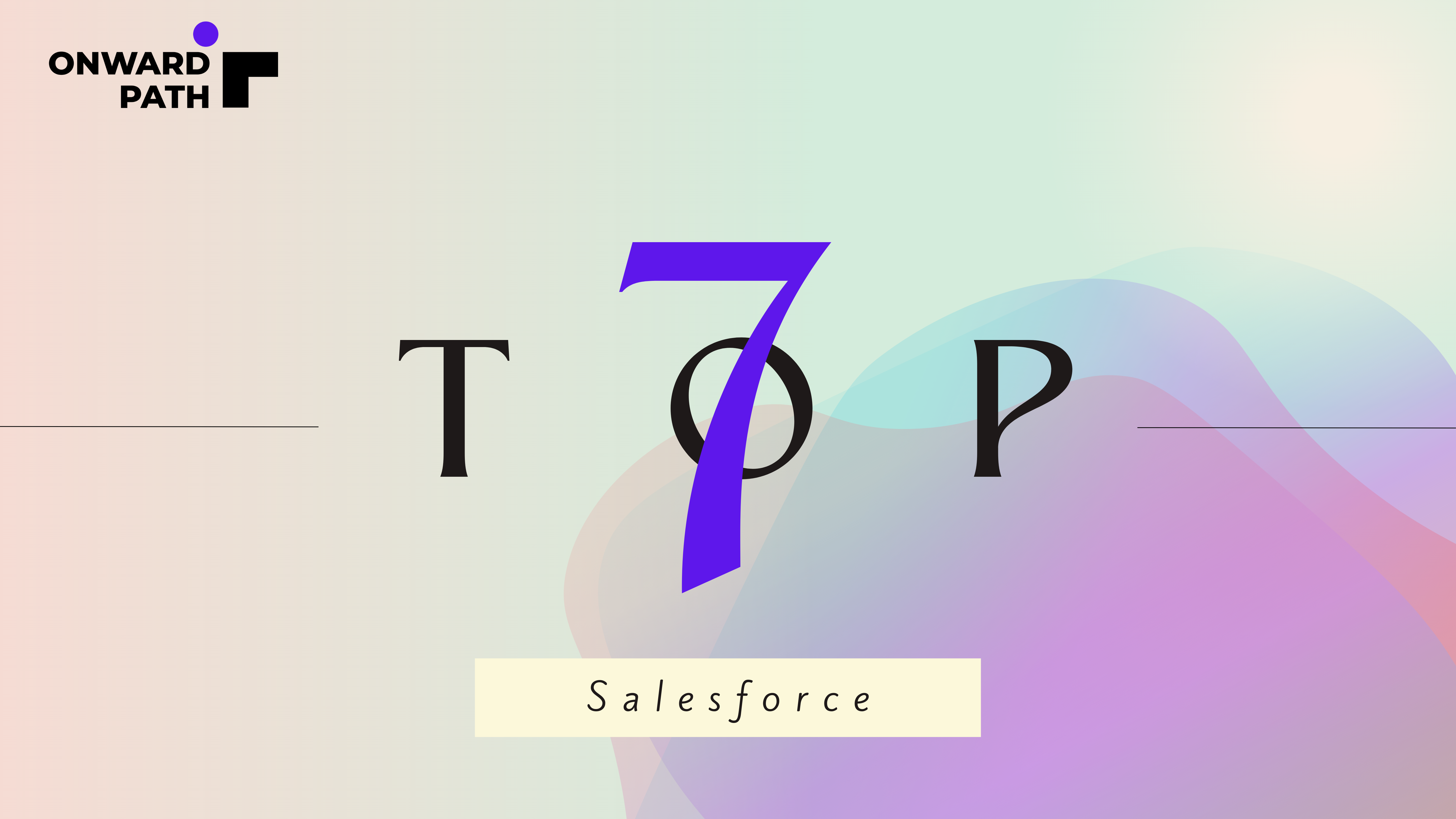Introduction
The Summer ’23 release introduces several new features and enhancements that can empower businesses to optimize their Salesforce experience. Here are some key features.
1. Salesforce Anywhere:
Salesforce Anywhere allows teams to collaborate in real time directly within the Salesforce platform. Users can co-edit records, documents, and even flows, improving productivity and streamlining workflows.
2. Dynamic Forms and Dynamic Actions:
This feature enables admins to create more interactive and customized record pages using dynamic forms. Dynamic actions allow you to show or hide actions on a record page based on field values or user criteria, providing a more tailored user experience.
3. Einstein Conversation Mining:
This feature utilizes natural language processing to extract valuable insights from chat conversations. It helps identify customer sentiments, trends, and potential sales opportunities, enabling businesses to improve customer service and sales strategies.
Now you can use email conversations to build reports with Einstein Conversation Mining. These reports help you better understand and identify common cases or customer issues. Previously, Einstein Conversation Mining looked only at your live chat transcripts.
1. This change applies to Lightning Experience and Salesforce Classic in Enterprise, Performance, Unlimited, and Developer editions. Setup for Einstein Conversation Mining is available only in Lightning Experience.
2. Go to Einstein Conversation Mining in Setup and turn on the email channel pilot. Then, when you create a report, select Email Messages for the channel.

4. Einstein Bots Blocks:
Einstein Bots have been enhanced with new capabilities, including the ability to support custom objects, handle more complex conversations, and seamlessly hand off conversations to human agents. These improvements enhance customer service and automate routine tasks.
Bot Blocks help you use and share great bot functions without building a whole bot, saving you time and effort. With this feature, now in beta, you can add a dialog group to multiple bots. Great examples of blocks include a payment processor, a conversational experience, and an integration with a specific flow.
1. This change applies to Lightning Experience and Salesforce Classic in Enterprise, Performance, Unlimited, and Developer editions. Setup for Einstein Bots is available only in Lightning Experience.
2. On the Bots Setup page, click the Bot Blocks tab. Click New Block to create a block. To create a block from a dialog group, click the dropdown next to the dialog group and select Export as Block.

5. Flow Orchestrator:
Flow Orchestrator simplifies complex business processes by allowing admins to build and manage end-to-end flows. It offers advanced branching, error handling, and exception handling, enabling businesses to automate and streamline their processes.
– Get Refreshed Record Variables When an Orchestration Resumes: – When you reference a record variable or a record collection in an orchestration configured to run on API version 58.0 and later, records are refreshed with their latest values each time the orchestration run resumes. In an autolaunched orchestration run, all referenced records are refreshed. In a record-triggered orchestration, all referenced records except $Record_Prior are refreshed. To refresh record variables in an existing orchestration, save a new copy and set the API version to 58.0 or later. Record values aren’t visible in the debugger details for an orchestration run.
– Control the Running Context of an Orchestration: – Choose the context to launch and resume an autolaunched orchestration to control the access associated orchestration runs have to Salesforce data. The selected context also controls the record-level access for evaluation flows and background steps when the associated orchestration runs in a system context. A record-triggered orchestration always runs and resumes in system context. For orchestrations running on API version 58.0 and later, the context used to resume an orchestration is always the context of how the orchestration was launched.
a. In the autolaunched orchestration’s Edit version properties window, under Advanced, select an option from the How to Run the Orchestration dropdown.
– Create Steps to Run MuleSoft Actions: – You can now call a MuleSoft action from a step in your orchestration. The step runs asynchronously in system context.
> From an orchestration stage’s Add Step menu, select MuleSofttep.

> Enter information about the step, and select the MuleSoft action that you want to run.

6. Revenue Cloud Enhancements:
The Summer ’23 release brings enhancements to Salesforce Revenue Cloud, such as advanced deal management, enhanced commissions calculations, and new revenue recognition capabilities. These enhancements help businesses manage revenue processes more effectively.
Get all the details you need for sales success from the Sales Rep Command Center. You can see whether you’re aligned to meet your quotas, which opportunities are stuck, and overdue activities. You can also see step progression, and amount changes.
1. This change applies to Revenue Intelligence in Sales Cloud in Lightning Experience in Enterprise and Unlimited editions for an additional cost.
2. To use Revenue Intelligence, you must have a Revenue Intelligence Admin permission set. To access the Revenue Intelligence app, users must have a Revenue Intelligence User permission set.
3. In the Sales Rep Command Center, you can immediately see if you’re on track (1). You can view stuck opportunities (2), overdue activities (3), step progression (4), and amount changes (5).

7. Lightning Web Components:
Lightning Web Components (LWC) continue to evolve with new features and enhancements. LWC provides a modern and efficient framework for building Lightning components, enabling developers to create highly performant and reusable components.
Links:
https://help.salesforce.com/s/articleView?id=release-notes.salesforce_release_notes.htm&release=244&type=5
https://trailhead.salesforce.com/content/learn/modules/spring-23-release-highlights

